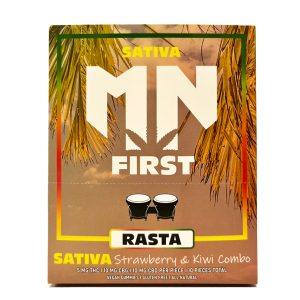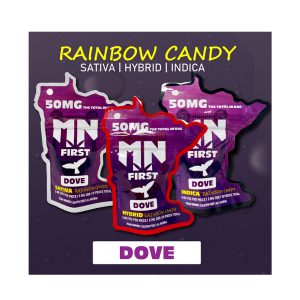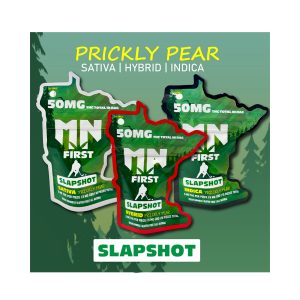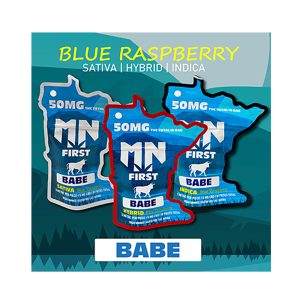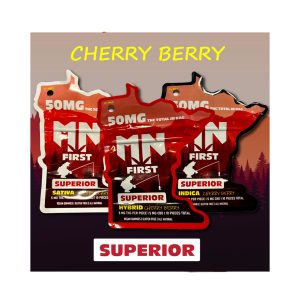**Historical and Cultural Aspects:**
– Minnesota’s name originates from the Dakota language, reflecting the state’s Indigenous roots.
– The state has a rich history with Dakota inhabitants, French fur traders, and Spanish Louisiana influence.
– Minnesota’s culture is influenced by Indigenous peoples, with many places having Dakota names.
– The state boasts fine art museums, musical ensembles, theaters, and a vibrant entertainment scene.
– Notable figures like Bob Dylan and Prince hail from Minnesota, contributing to its cultural legacy.
**Economic and Industrial Development:**
– Minnesota’s economy has evolved from traditional industries to services, finance, and healthcare.
– The state ranks high in GDP and per capita income, attracting immigrants and fostering a high standard of living.
– Industrial advancements post-WWII led to technological hubs and medical advancements in Minnesota.
– Agriculture, forestry, manufacturing, and mining play significant roles in the state’s economy.
– Minnesota’s tax structure, with progressive income tax rates and a diverse industry landscape, supports economic growth.
**Geographical and Geological Features:**
– Minnesota’s geography places it among the northernmost U.S. states, sharing borders with neighboring states and Canada.
– The state’s geological history dates back billions of years, featuring ancient rocks and volcanic influences.
– Minnesota’s hydrology includes numerous lakes, rivers, and wetlands, contributing to its diverse ecosystem.
– The state’s climate experiences temperature extremes and impacts from rising temperatures on habitats and species.
– Minnesota’s parks, forests, and conservation areas offer recreational opportunities and preserve natural resources.
**Demographics and Diversity:**
– Minnesota has a diverse population, with European immigrants historically and significant racial and ethnic diversity.
– The state’s demographics show a mix of ancestries and birthplaces, reflecting a multicultural society.
– Minnesota has seen growth through births, immigration, and refugee resettlement, contributing to its diverse population.
– The religious landscape in Minnesota has evolved, with a growing number identifying as non-religious.
– The state’s economy, with a substantial GDP and income levels, supports its diverse demographic makeup.
**Political Landscape and Social Activism:**
– Minnesota has a strong Democratic presence and a history of progressive policies and social activism.
– The state’s political history includes significant events like the Dakota War of 1862 and the Minnesota Miracle in 1971.
– Minnesota’s governance ranks among the best states in metrics like employment, income, and safety.
– The state’s political landscape reflects a commitment to labor rights, education, and taxation reforms.
– Minnesota’s reputation for social activism and progressive governance shapes its political identity.
Minnesota (/ˌmɪnəˈsoʊtə/ ⓘ MIN-ə-SOH-tə) is a state in the Upper Midwestern region of the United States. It is the 12th largest U.S. state in area and the 22nd most populous, with over 5.75 million residents. Minnesota is known as the "Land of 10,000 Lakes" for having more than 14,000 bodies of fresh water covering at least ten acres each; roughly a third of the state is forested; much of the remainder is prairie and farmland. More than 60% of Minnesotans (about 3.7 million) live in the Minneapolis–Saint Paul metropolitan area, known as the "Twin Cities", the state's main political, economic, and cultural hub and the 16th-largest metropolitan area in the U.S. Other minor metropolitan and micropolitan statistical areas include Duluth, Mankato, Moorhead, Rochester, and St. Cloud.
Minnesota | |
|---|---|
| Nicknames: Land of 10,000 Lakes; North Star State; Gopher State | |
| Motto: L'Étoile du Nord (French: The Star of the North) | |
| Anthem: "Hail! Minnesota" | |
 Map of the United States with Minnesota highlighted | |
| Country | United States |
| Before statehood | Minnesota Territory |
| Admitted to the Union | May 11, 1858 (32nd State in the Union) |
| Capital | Saint Paul |
| Largest city | Minneapolis |
| Largest county or equivalent | Hennepin |
| Largest metro and urban areas | Minneapolis–Saint Paul |
| Government | |
| • Governor | Tim Walz (DFL) |
| • Lieutenant Governor | Peggy Flanagan (DFL) |
| Legislature | Minnesota Legislature |
| • Upper house | Senate |
| • Lower house | House of Representatives |
| Judiciary | Minnesota Supreme Court |
| U.S. senators | Amy Klobuchar (DFL) Tina Smith (DFL) |
| U.S. House delegation | 4 Democrats 4 Republicans (list) |
| Area | |
| • Total | 86,935.83 sq mi (225,163 km2) |
| • Land | 79,626.74 sq mi (206,232 km2) |
| • Water | 7,309.09 sq mi (18,930 km2) 8.40% |
| • Rank | 12th |
| Dimensions | |
| • Length | about 400 mi (640 km) |
| • Width | 200–350 mi (320–560 km) |
| Elevation | 1,200 ft (370 m) |
| Highest elevation | 2,301 ft (701 m) |
| Lowest elevation | 602 ft (183 m) |
| Population (2023) | |
| • Total | 5,737,915 |
| • Rank | 22nd |
| • Density | 68.9/sq mi (26.6/km2) |
| • Rank | 36th (2020 census) |
| • Median household income | $74,593 |
| • Income rank | 13th |
| Demonym | Minnesotan |
| Language | |
| • Official language | none |
| • Spoken language | |
| Time zone | UTC– 06:00 (Central) |
| • Summer (DST) | UTC– 05:00 (CDT) |
| USPS abbreviation | MN |
| ISO 3166 code | US-MN |
| Traditional abbreviation | Minn. |
| Latitude | 43° 30′ N to 49° 23′ N |
| Longitude | 89° 29′ W to 97° 14′ W |
| Website | mn |
| List of state symbols | |
|---|---|
| Living insignia | |
| Bird | Common loon |
| Butterfly | Monarch |
| Fish | Walleye |
| Flower | Pink-and-white lady's slipper |
| Mushroom | Common morel (Morchella esculenta) |
| Tree | Norway pine |
| Inanimate insignia | |
| Beverage | Milk |
| Food |
|
| Gemstone | Lake Superior agate |
| Other | Photograph: Grace |
| State quarter | |
 Released in 2005 | |
| Lists of United States state symbols | |
Minnesota, which gets its name from the Dakota language, has been inhabited by various Indigenous peoples since the Woodland period of the 11th century BCE. Between roughly 200 and 500 CE, two areas of the indigenous Hopewell tradition emerged: the Laurel complex in the north, and Trempealeau Hopewell in the Mississippi River Valley in the south. The Upper Mississippian culture, consisting of the Oneota people and other Siouan speakers, emerged around 1000 CE and lasted through the arrival of Europeans in the 17th century. French explorers and missionaries were the earliest Europeans to enter the region, encountering the Dakota, Ojibwe, and various Anishinaabe tribes. Much of what is now Minnesota formed part of the vast French holding of Louisiana, which the United States purchased in 1803. After several territorial reorganizations, the Minnesota Territory was admitted to the Union as the 32nd state in 1858. Minnesota's official motto, L'Étoile du Nord ("The Star of the North") is the only state motto in French; this phrase was adopted shortly after statehood and reflects both the state's early French explorers and its position as the northernmost state in the contiguous U.S.
As part of the American frontier, Minnesota attracted settlers and homesteaders from across the country. Its growth was initially based on timber, agriculture, and railroad construction. Into the early 20th century, European immigrants arrived in significant numbers, particularly from Scandinavia, Germany, and Central Europe; many were linked to the failed revolutions of 1848, which partly influenced the state's development as a center of labor and social activism. Minnesota's rapid industrialization and urbanization precipitated major social, economic, and political changes in the late 19th and early 20th centuries; the state was at the forefront of labor rights, women's suffrage, and political reform. Consequently, Minnesota is unique among Midwestern states in being a relative stronghold of the Democratic Party, having voted for every Democratic presidential nominee since 1976, longer than any other U.S. state.
Since the late 20th century, Minnesota's economy has diversified away from traditional industries such as agriculture and resource extraction to services, finance, and health care; it is consequently one of the richest states in terms of GDP and per capita income. Minnesota is home to 11 federally recognized Native American reservations (seven Ojibwe, four Dakota), and its culture, demographics, and religious landscape reflect Scandinavian and German influence. In more recent decades, the state has become more multicultural, driven by both larger domestic migration and immigration from Latin America, Asia, the Horn of Africa, and the Middle East; the state has the nation's largest population of Somali Americans and second-largest Hmong community. Minnesota's standard of living and level of education are among the highest in the U.S., and it is ranked among the best states in metrics such as employment, median income, safety, and governance.



